D. Sundararajan0470823534, 9780470823538
Gaining a strong sense of signals and systems fundamentals is key for general proficiency in any electronic engineering discipline, and critical for specialists in signal processing, communication, and control. At the same time, there is a pressing need to gain mastery of these concepts quickly, and in a manner that will be immediately applicable in the real word.
Simultaneous study of both continuous and discrete signals and systems presents a much easy path to understanding signals and systems analysis. In A Practical Approach to Signals and Systems, Sundararajan details the discrete version first followed by the corresponding continuous version for each topic, as discrete signals and systems are more often used in practice and their concepts are relatively easier to understand. In addition to examples of typical applications of analysis methods, the author gives comprehensive coverage of transform methods, emphasizing practical methods of analysis and physical interpretations of concepts. Gives equal emphasis to theory and practice Presents methods that can be immediately applied Complete treatment of transform methods Expanded coverage of Fourier analysis Self-contained: starts from the basics and discusses applications Visual aids and examples makes the subject easier to understand End-of-chapter exercises, with a extensive solutions manual for instructors MATLAB software for readers to download and practice on their own Presentation slides with book figures and slides with lecture notes
A Practical Approach to Signals and Systems is an excellent resource for the electrical engineering student or professional to quickly gain an understanding of signal analysis concepts – concepts which all electrical engineers will eventually encounter no matter what their specialization. For aspiring engineers in signal processing, communication, and control, the topics presented will form a sound foundation to their future study, while allowing them to quickly move on to more advanced topics in the area.
Scientists in chemical, mechanical, and biomedical areas will also benefit from this book, as increasing overlap with electrical engineering solutions and applications will require a working understanding of signals. Compact and self contained, A Practical Approach to Signals and Systems be used for courses or self-study, or as a reference book.
Table of contents :
A PRACTICAL APPROACH TO SIGNALS AND SYSTEMS……Page 2
Contents……Page 8
Preface……Page 16
Abbreviations……Page 18
1.1 The Organization of this Book……Page 20
2.1.1 Continuous, Discrete and Digital Signals……Page 24
2.1.3 Energy and Power Signals……Page 26
2.1.4 Even- and Odd-symmetric Signals……Page 27
2.1.6 Deterministic and Random Signals……Page 29
2.2.1 Unit-impulse Signal……Page 30
2.2.2 Unit-step Signal……Page 31
2.2.4 Sinusoids and Exponentials……Page 32
2.3 Signal Operations……Page 39
2.3.2 Time Reversal……Page 40
2.3.3 Time Scaling……Page 41
Exercises……Page 42
3.1.1 Continuous Signals……Page 48
3.1.2 Periodic and Aperiodic Signals……Page 49
3.1.4 Even- and Odd-symmetric Signals……Page 50
3.2.1 Unit-step Signal……Page 52
3.2.2 Unit-impulse Signal……Page 53
3.2.3 Unit-ramp Signal……Page 61
3.2.4 Sinusoids……Page 62
3.3.1 Time Shifting……Page 64
3.3.2 Time Reversal……Page 65
3.3.3 Time Scaling……Page 66
Exercises……Page 67
4.1 Difference Equation Model……Page 72
4.1.1 System Response……Page 74
4.1.2 Impulse Response……Page 77
4.1.3 Characterization of Systems by their Responses to Impulse and Unit-step Signals……Page 79
4.2.1 Linear and Nonlinear Systems……Page 80
4.2.2 Time-invariant and Time-varying Systems……Page 81
4.2.3 Causal and Noncausal Systems……Page 82
4.3 ConvolutionSummation Model……Page 83
4.3.1 Properties of ConvolutionSummation……Page 86
4.3.2 The Difference Equation and ConvolutionSummation……Page 87
4.3.3 Response to Complex Exponential Input……Page 88
4.4 System Stability……Page 90
4.5 Realization of Discrete Systems……Page 91
4.5.1 Decomposition of Higher-order Systems……Page 92
4.6 Summary……Page 93
Exercises……Page 94
5 Time-domain Analysis of Continuous Systems……Page 98
5.1.1 Linear and Nonlinear Systems……Page 99
5.1.2 Time-invariant and Time-varying Systems……Page 100
5.1.3 Causal and Noncausal Systems……Page 101
5.2 Differential Equation Model……Page 102
5.3 Convolution-integral Model……Page 104
5.3.1 Properties of the Convolution-integral……Page 106
5.4.1 Impulse Response……Page 107
5.4.2 Response to Unit-step Input……Page 108
5.4.3 Characterization of Systems by their Responses to Impulse and Unit-step Signals……Page 110
5.4.4 Response to Complex Exponential Input……Page 111
5.5 System Stability……Page 112
5.6.1 Decomposition of Higher-order Systems……Page 113
5.6.2 Feedback Systems……Page 114
5.7 Summary……Page 115
Exercises……Page 116
6.1 The Time-domain and the Frequency-domain……Page 120
6.2 Fourier Analysis……Page 121
6.3.1 The Approximation of Arbitrary Waveforms with a Finite Number of Samples……Page 123
6.3.2 The DFT and the IDFT……Page 124
6.3.3 DFT of Some Basic Signals……Page 126
6.4.3 Circular Shift of a Sequence……Page 129
6.4.5 Symmetry……Page 130
6.4.6 Circular Convolution of Time-domain Sequences……Page 131
6.4.7 Circular Convolution of Frequency-domain Sequences……Page 132
6.5.1 Computation of the Linear Convolution Using the DFT……Page 133
6.5.2 Interpolation and Decimation……Page 134
Exercises……Page 138
7.1.1 FS as the Limiting Case of the DFT……Page 142
7.1.2 The Compact Trigonometric Form of the FS……Page 144
7.1.5 Existence of the FS……Page 145
7.1.6 Gibbs Phenomenon……Page 149
7.2 Properties of the Fourier Series……Page 151
7.2.2 Symmetry……Page 152
7.2.4 Frequency Shifting……Page 154
7.2.5 Convolution in the Time-domain……Page 155
7.2.6 Convolution in the Frequency-domain……Page 156
7.2.8 Time Scaling……Page 157
7.2.9 Time Differentiation……Page 158
7.2.11 Parsevals Theorem……Page 159
7.3 Approximation of the Fourier Series……Page 160
7.3.1 Aliasing Effect……Page 161
7.4 Applications of the Fourier Series……Page 163
Exercises……Page 164
8.1.1 The DTFT as the Limiting Case of the DFT……Page 170
8.1.2 The Dual Relationship Between the DTFT and the FS……Page 175
8.1.4 Determination of the DFT from the DTFT……Page 177
8.2.2 Time Shifting……Page 178
8.2.3 Frequency Shifting……Page 179
8.2.4 Convolution in the Time-domain……Page 180
8.2.5 Convolution in the Frequency-domain……Page 181
8.2.6 Symmetry……Page 182
8.2.8 Time Expansion……Page 183
8.2.10 Difference……Page 185
8.2.11 Summation……Page 186
8.3 Approximation of the Discrete-time Fourier Transform……Page 187
8.3.1 Approximation of the Inverse DTFT by the IDFT……Page 189
8.4.1 Transfer Function and the System Response……Page 190
8.4.3 Digital Differentiator……Page 193
8.4.4 Hilbert Transform……Page 194
Exercises……Page 197
9.1.1 The FT as a Limiting Case of the DTFT……Page 202
9.1.2 Existence of the FT……Page 204
9.2.2 Duality……Page 209
9.2.3 Symmetry……Page 210
9.2.5 Frequency Shifting……Page 211
9.2.6 Convolution in the Time-domain……Page 212
9.2.10 Time Scaling……Page 213
9.2.11 Time-differentiation……Page 214
9.2.12 Time-integration……Page 216
9.2.14 Parsevals Theorem and the Energy Transfer Function……Page 217
9.3.1 The FT of a Continuous Periodic Signal……Page 219
9.3.2 Determination of the FS from the FT……Page 221
9.3.3 The FT of a Sampled Signal and the Aliasing Effect……Page 222
9.3.4 The FT of a Sampled Aperiodic Signal and the DTFT……Page 225
9.3.5 The FT of a Sampled Periodic Signal and the DFT……Page 226
9.4 Approximation of the Fourier Transform……Page 228
9.5.1 Transfer Function and System Response……Page 230
9.5.2 Ideal Filters and their Unrealizability……Page 233
9.5.3 Modulation and Demodulation……Page 234
Exercises……Page 238
10.1 Fourier Analysis and the z-Transform……Page 246
10.2 The z-Transform……Page 247
10.3.1 Linearity……Page 251
10.3.2 Left Shift of a Sequence……Page 252
10.3.4 Convolution……Page 253
10.3.6 Multiplication by an……Page 254
10.3.8 Initial Value……Page 255
10.4 The Inverse z-Transform……Page 256
10.4.1 Finding the Inverse z-Transform……Page 257
10.5.1 Transfer Function and System Response……Page 262
10.5.2 Characterization of a System by its Poles and Zeros……Page 264
10.5.3 System Stability……Page 266
10.5.4 Realization of Systems……Page 267
10.5.5 Feedback Systems……Page 270
Exercises……Page 272
11.1 The Laplace Transform……Page 278
11.1.1 Relationship Between the Laplace Transform and the z-Transform……Page 281
11.2.1 Linearity……Page 282
11.2.3 Frequency Shifting……Page 283
11.2.4 Time-differentiation……Page 284
11.2.5 Integration……Page 286
11.2.7 Convolution in Time……Page 287
11.2.9 Initial Value……Page 288
11.2.11 Transform of Semiperiodic Functions……Page 289
11.3 The Inverse Laplace Transform……Page 290
11.4.1 Transfer Function and System Response……Page 291
11.4.2 Characterization of a System by its Poles and Zeros……Page 292
11.4.3 System Stability……Page 293
11.4.5 Frequency-domain Representation of Circuits……Page 295
11.4.6 Feedback Systems……Page 298
11.4.7 Analog Filters……Page 301
Exercises……Page 304
12.1 The State-space Model……Page 312
12.1.1 Parallel Realization……Page 316
12.1.2 Cascade Realization……Page 318
12.2.1 Iterative Solution……Page 319
12.2.2 Closed-form Solution……Page 320
12.2.3 The Impulse Response……Page 326
12.3 Frequency-domain Solution of the State Equation……Page 327
12.4 Linear Transformation of State Vectors……Page 329
12.5 Summary……Page 331
Exercises……Page 332
13.1 The State-space Model……Page 336
13.2 Time-domain Solution of the State Equation……Page 341
13.3 Frequency-domain Solution of the State Equation……Page 346
13.4 Linear Transformation of State Vectors……Page 349
13.5 Summary……Page 351
Exercises……Page 352
Appendix A: Transform Pairs and Properties……Page 356
Appendix B: Useful Mathematical Formulas……Page 368
Answers to Selected Exercises……Page 374
Index……Page 396
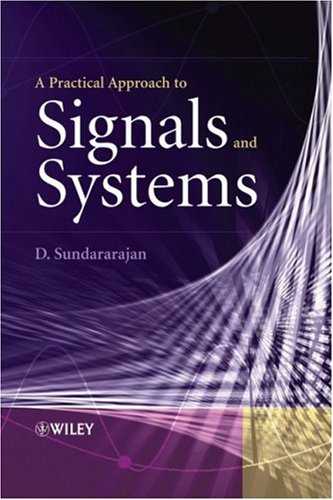
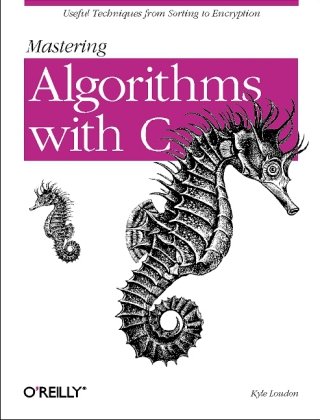
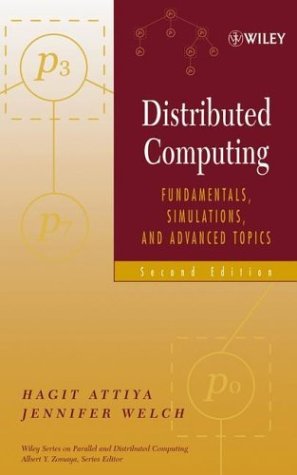

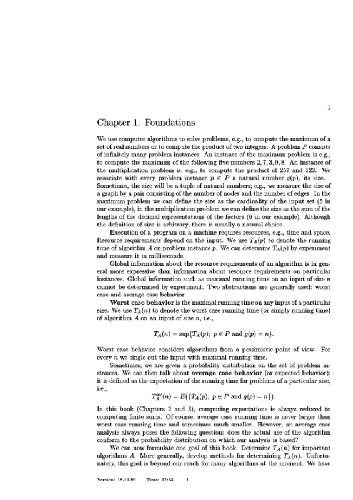
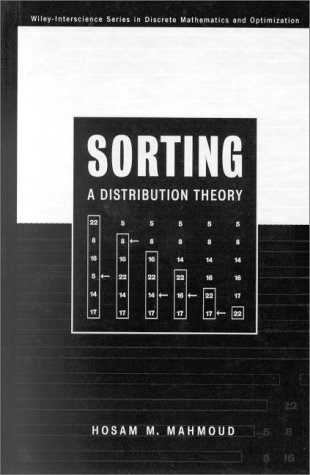

Reviews
There are no reviews yet.